A collaboration with Dutch trend forecaster Lidewij Edelkoort, Google’s Softwear exhibition demonstrates the harmony between technology and interior design.

May 2nd, 2018
Last week, Milan’s historical buildings were yet again taken over by the design world’s usual suspects for Milan Design Week. Among these luminaries appeared another that, at first glance, might have seemed somewhat at odds with the Scandi-chic wooden chairs and artistic lighting installations populating the rest of the event’s exhibitions.
Alongside leading names such as Sé and Jacopo Foggini showing at Rossana Orlandi gallery was tech giant Google, marking an unprecedented debut of a top tech company at the furniture and design fair.
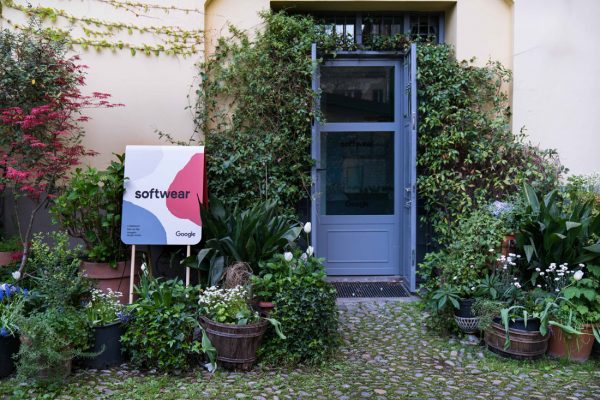
Google’s VP of Hardware Design Ivy Ross collaborated with Dutch trend forecaster and curator of the show Lidewij Edelkoort in order to create the exhibition Softwear, an immersive, multi-room installation that took the cocooning design trend to the next level.
Revisiting an idea that Edelkoort had put forward in 1998, the exhibition showcased how technology seamlessly blends with soft furnishings and other every day home and lifestyle items. Think a tablet carelessly tossed onto a comfortable couch along with a throw, or a VR headset looking perfectly at home hanging on a coat rack next to handbags and winter knitwear.
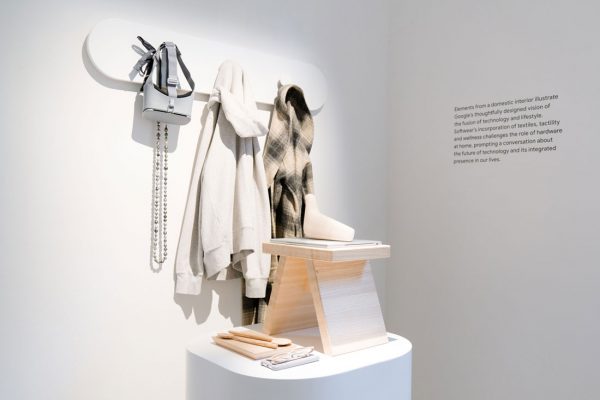
The exhibition not only prompted questions about the rapidly evolving role that technology is playing in the realm of design, it also re-contextualised electronics as design objects. Google Glass might have prompted guffaws at its outdated, clunky aesthetics when it first came out, for instance, but the home and mobile hardware on display in Softwear were as stylish and contemporary as home decor piece, with sleek, sculptural shapes and a minimalist aesthetic in place of unsightly metals and wires.
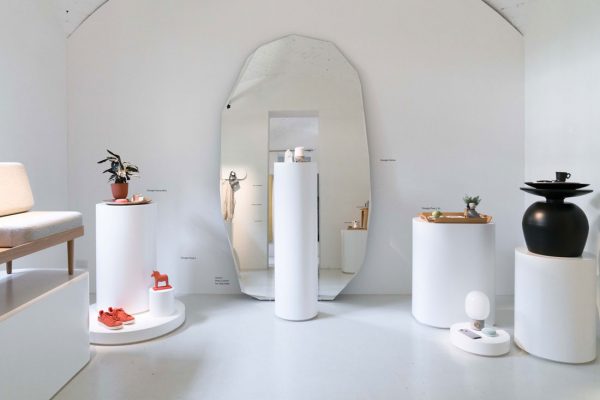
Softwear spanned three simple, white rooms that featured Google’sPixel phones, Home speakers, and Daydream View VR headsets mingling with one-of-a-kind jacquard fabric wall hangings by designer Kiki van Eijk, fashionable clothing and a mix of furniture and accessories such as wooden tables, teaware, seating and even sprigs of greenery.
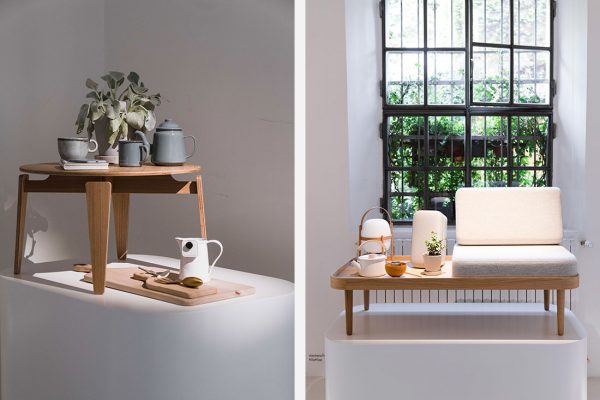
Having worked with Google for a number of years, Edelkoort aimed to demonstrate how the convenience of technology has changed our lives by granting us more free time to spend on leisure and on friends and family, as well as how technological devices seamlessly integrate within our living spaces rather than disrupt them.
INDESIGN is on instagram
Follow @indesignlive
A searchable and comprehensive guide for specifying leading products and their suppliers
Keep up to date with the latest and greatest from our industry BFF's!
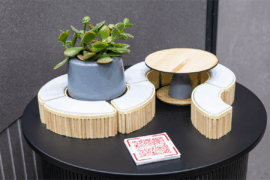
From the spark of an idea on the page to the launch of new pieces in a showroom is a journey every aspiring industrial and furnishing designer imagines making.
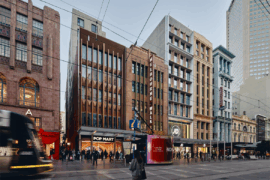
Merging two hotel identities in one landmark development, Hotel Indigo and Holiday Inn Little Collins capture the spirit of Melbourne through Buchan’s narrative-driven design – elevated by GROHE’s signature craftsmanship.

In an industry where design intent is often diluted by value management and procurement pressures, Klaro Industrial Design positions manufacturing as a creative ally – allowing commercial interior designers to deliver unique pieces aligned to the project’s original vision.
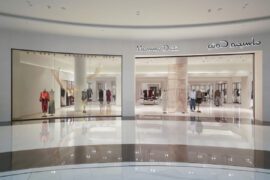
Crafting form and creating function with rattan, Patrick Keane and Enter Projects Asia’s latest project is proving to be a draw card for shoppers at the dynamic fashion house Massimo Dutti.
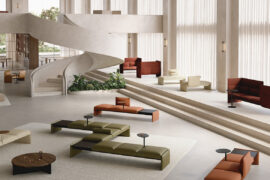
Where style and substance truly dwell, Gardam’s latest modular collection – available through Stylecraft – balances elegance and versatility.
The internet never sleeps! Here's the stuff you might have missed
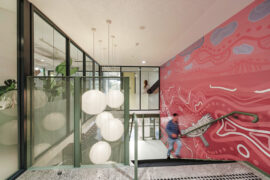
From radical material reuse to office-to-school transformations, these five projects show how circular thinking is reshaping architecture, interiors and community spaces.
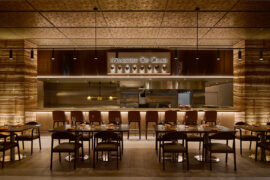
After more than two decades at Architects EAT, Eid Goh launches AIR, a new Melbourne-based studio focused on adaptive reuse, hospitality and human-centred design across commercial and civic projects.

Merging two hotel identities in one landmark development, Hotel Indigo and Holiday Inn Little Collins capture the spirit of Melbourne through Buchan’s narrative-driven design – elevated by GROHE’s signature craftsmanship.